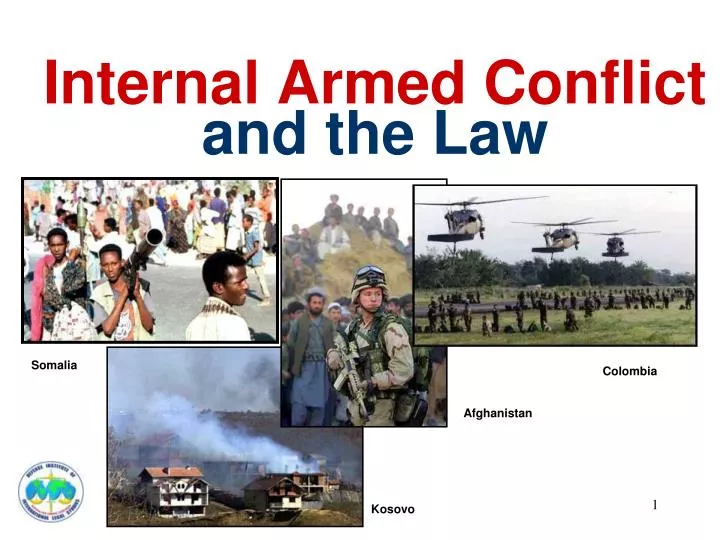

LOAC cases are usually political where one or more servicemembers end up as unlucky pawns in a geo-political debate many levels above their pay-grade – but still must defend themselves.

Members of the local population may present a politically-motivated after-action critique and evaluation that could bring about Law of Armed Conflict accusations. servicemember would have could still results in criticism: even an LOAC accusation. Be it a planned operation or a routine patrol suddenly gone-bad, the situation where your very life was at stake and you acted as any other U.S. Battlefield Circumstances can bring about Law of Armed ConflictĬombat, by its very nature, is synonymous with chaos. Persons who violate Law of Armed Conflict rules may be held criminally liable for war crimes and face Courts Martial under the Uniform Code of Military Justice (UCMJ). Armed Forces should have a working understanding of the Law of Armed Conflict rules and make every reasonable attempt to comply with LOAC rules while in combat operations. The upshot -is that servicemembers in the U.S. laws must observe the United States’ Law of Armed Conflict obligations as do other civilized and supportive countries. Consequently, all individuals subject to U.S. Therefore, treaties and agreements which the United States enters into have equivalent legal status as domestic laws penned by the U.S. Supreme Court has held that international law, including customary international law, are part of U.S. Constitution (Article VI) states that treaty obligations of the United States are the “supreme law of the land.” Moreover, the U.S. Much International law is based on practices that nations have come to “agree and accept” as being legally required, and establishes the “traditional rules” that govern the conduct of military procedures in armed conflict. The basis of the Law of Armed Conflict (LOAC) are derived from both customary international law and treaties.

Scholars and rational individuals might question the “inherent practical difficulties and implausible competing interests” laid out in the preceding sentence. The Law of Armed Conflict are rules established by civilized nations to prevent unnecessary suffering and destruction -while not impeding the effective waging of war. The Law of Armed Conflict (LOAC) or Law of War, is international law established to regulate the conduct of armed hostilities.


 0 kommentar(er)
0 kommentar(er)
